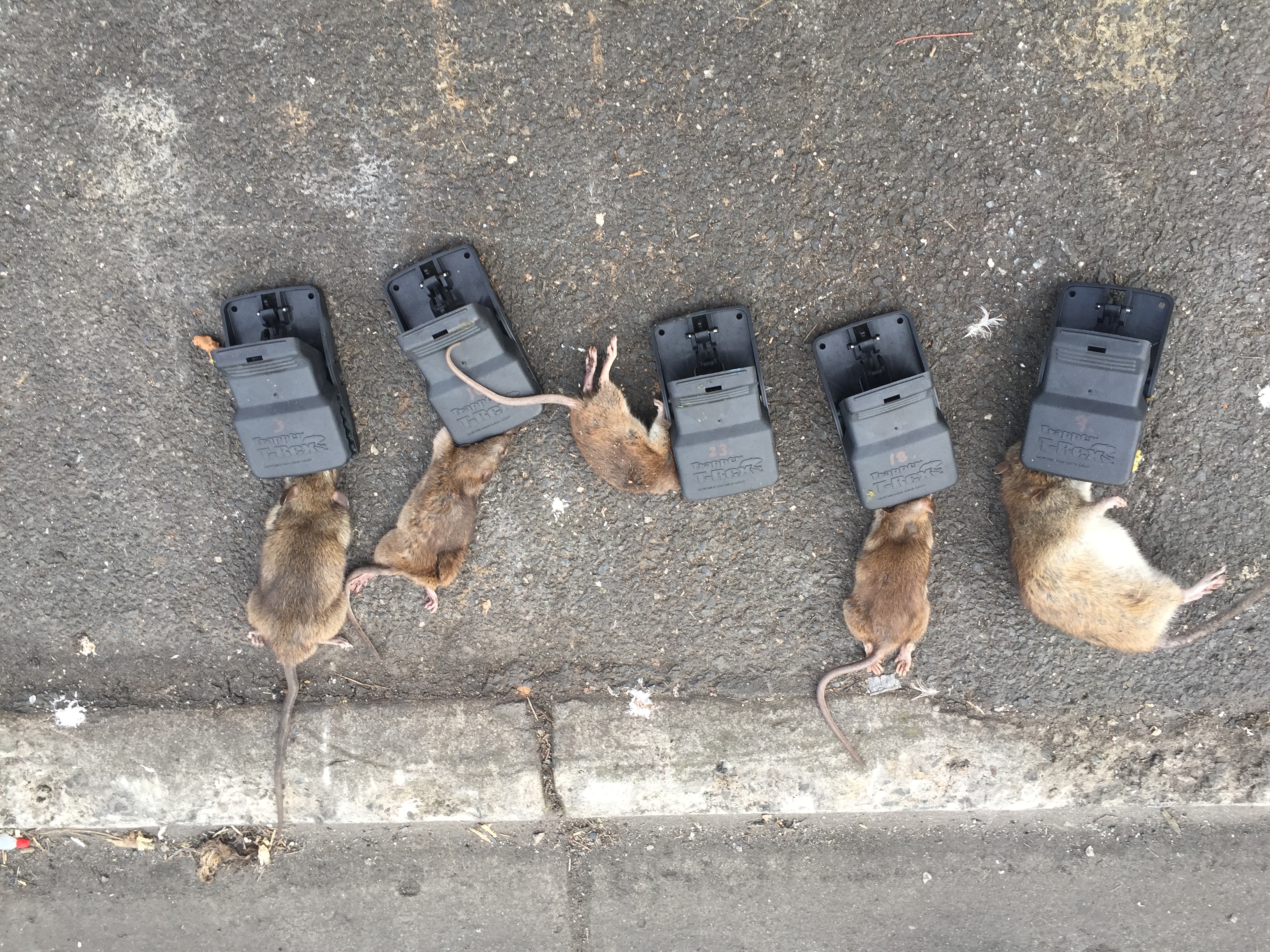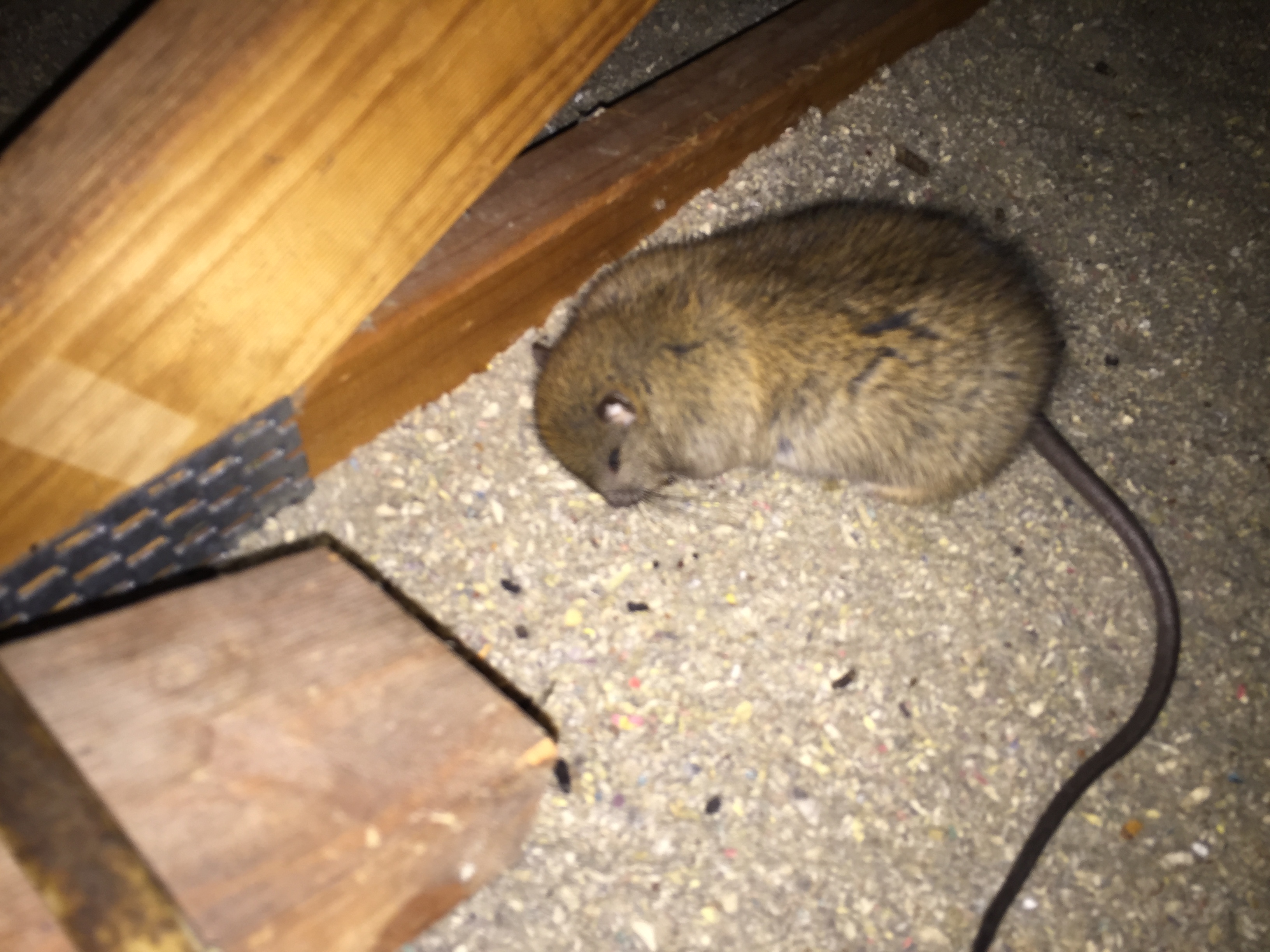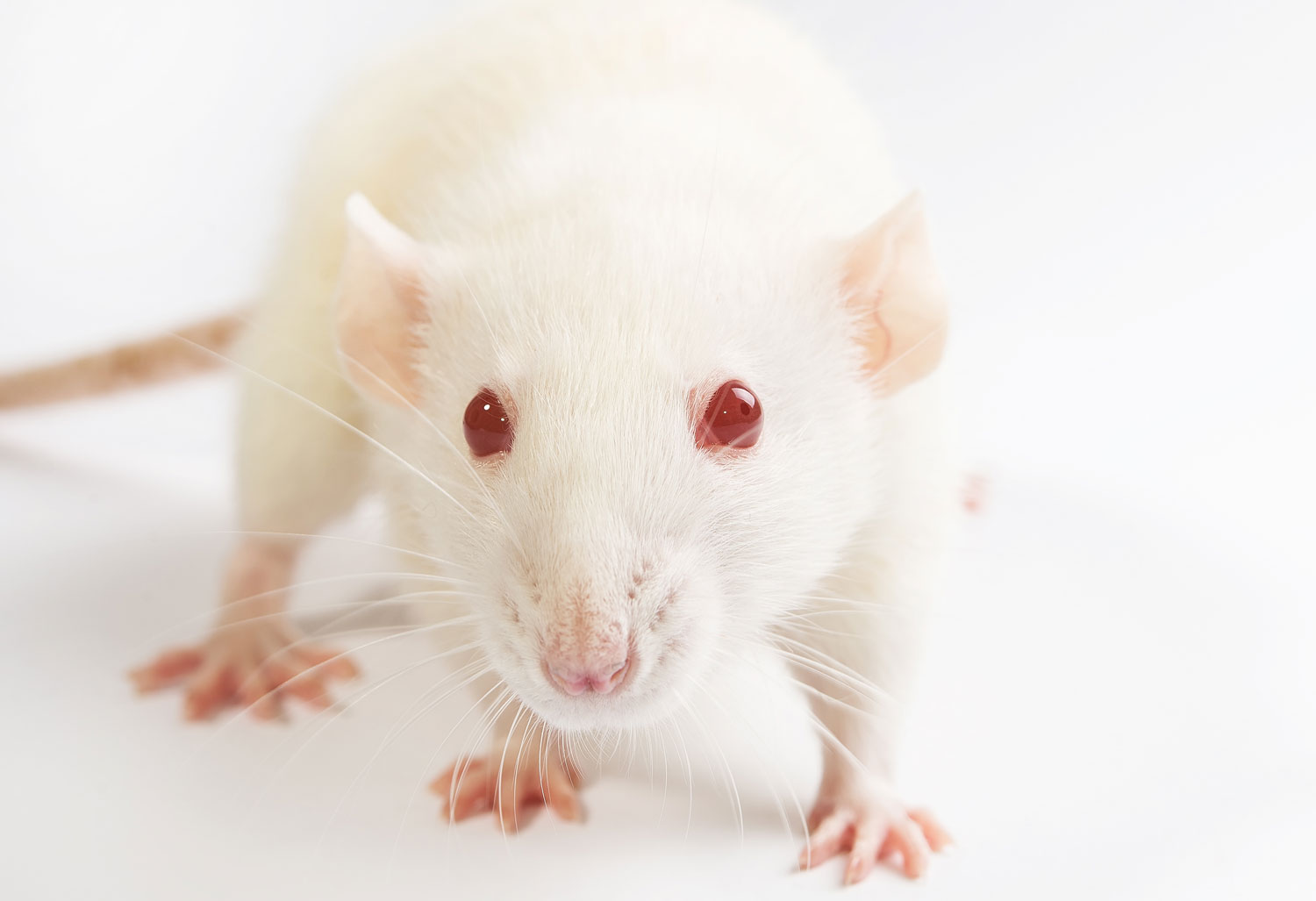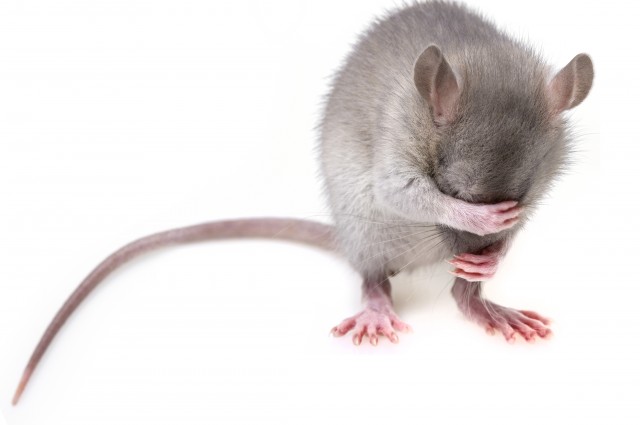Rats have long been considered deadly pests and effective rat control is a must. Along with the mouse, the rat is a type of rodent and is one of the most objectionable animals on the planet. Originating in Asia, they have spread worldwide as a stowaway on sea-faring vessels. In our early explorations we inadvertently accommodated the spread of this menace, damaging the ecosystems of foreign lands in the process. In fact, the rat has been blamed with the extinction of many bird and reptile species. The only uninhabited continent is Antarctica, due it its hostile climate and lack of human habitation.
Rats are considered vicious, filthy, parasitic animals that contaminate and steal food. They’re also a major source of disease, with the bubonic plague credited to rodents and the fleas that fed on them. They live among us as we provide their three basic needs: food, water and shelter. They are prolific breeders, so a vigilant and methodical rodent control policy is required to avoid a hostile takeover.
While we may not use enchanting music to lead these animals out of town like the Pied Piper, we do have our own finely tuned methods of rodent control. Employing an integrated pest management approach, we tailor a strategy that meets your individual needs. We service the residential, commercial and industrial sector and stand by our excellent history of effective control.

The black species has a scraggly coat and is smaller than its brown counterpart. They are omnivores and consume a wide variety of foods including fruit, leaves, stems, seeds, fungi, insects, birds and reptiles.
They pose a major threat to farmers, feasting on crops including cereals, cocoa, oranges and coffee beans. Their preference is for a warm climate so they often harbour in residential homes, warehouses and food industry facilities. Nests are commonly found in roofs and wall cavities.
The brown variety is the best known and most common of the two. With rare exceptions, this mammal lives wherever we do, particularly urban areas. Their fur is coarse and usually brown or dark grey. It’s larger than the black rat and can weigh twice as much.
It is however an old wives tale that they grow as large as a domestic cat! It’s a true omnivore and will eat just about anything. They live and sleep in burrows but can be found in homes, work places, sewers and laneways.
Fear of these loathsome creatures is well-founded as they are known to spread diseases.


They have even been known to cause fires by gnawing on cables and exposing electrical wiring, which can easily spark a blaze.

There are many steps you can take to attempt to keep rodents out of your home or workplace. Sanitation is a crucial element in effective rat control. Any vegetation close to an inhabited structure should be regularly maintained. Grass clippings, tree cuttings and wood piles provide ideal shelter so discard what you don’t need and store on an elevated platform what you would like to retain. Make sure garbage bins have a secure lid and any leaking pipes or taps should be repaired. If you remove food, water and shelter, you generally remove the rat problem.
You should conduct a thorough inspection of your building for possible points of entry. The smallest of gaps will provide ample entry space so securely seal these sites. Rats are exceptional climbers so you may need to cut back trees that overhang your roof line. If the rat infestation continues you will require intervention by a licensed pest control company.

Our integrated pest management approach will identify the source of rat infestation then set about its removal using cultural, biological, mechanical and chemical controls. A combination of chemical and non-chemical treatments will usually be applied.
Management, particularly for commercial and industrial clients is an ongoing process. All strategies employed will be made with your full consultation and approval. We assure discretion and work flexible hours to meet your needs and the needs of your clients. To speak with a technician contact 1300 665 573 or complete the Contact Us form and we’ll call you at an opportune time.
Copyright 2020 Pest Control